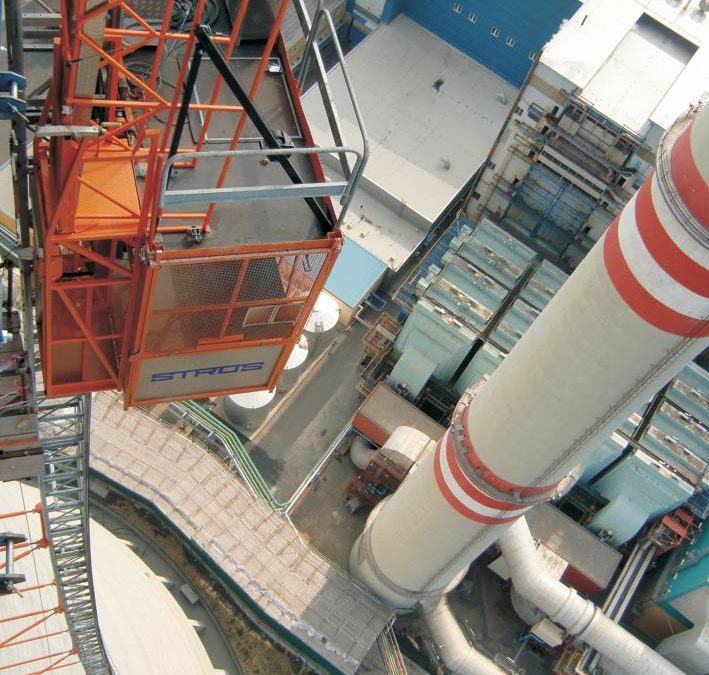A traditional industrial elevator isn’t appropriate in every situation when it comes to construction and other industries. Certain environments require an inclined elevator instead. Determining the grade of the site and what needs to be lifted will help in deciding when to use inclined elevators.
The Purpose of an Inclined Elevator
The purpose of an inclined elevator is to carry materials and/or personnel vertically when the grade is at a more complicated angle. Roof work and many construction sites are often in need of a lifting device for their supplies and personnel, especially when they have to deal with an incline.
The elevators work with a rack-and-pinion system and are equipped with an elevator car which can vary in size depending on the need.
Roofing
Because of the need for an incline when roofing, an inclined elevator will often be used.
Roofing materials need to be lifted, often to great heights. A well-made inclined elevator will get the job done even when it’s required to carry thousands of pounds worth of roofing materials.
The roofers can also be lifted at an incline either in a separate elevator car or one that is made for both materials and personnel.
When looking into industrial elevator rentals or purchasing, it’s important to work together with the manufacturer to make sure you get the proper inclined elevator for your roofing job.
General Construction
General construction is an umbrella term that covers everything from residential construction to skyscrapers in the city. In either case, there will be times when a gradual or steep incline can make a traditional industrial elevator impossible. In that case, the inclined elevator will be used.
When an incline is involved in the process of lifting vertically—such as within the mining, agriculture, and construction industries—the design will need to meet the specific incline and job.
At UCEL, Inc we know when to use inclined elevators and can help you in deciding what will best suit your job site.
